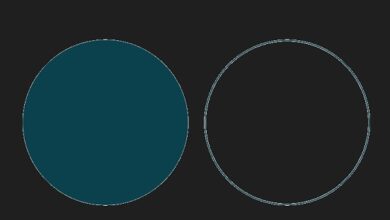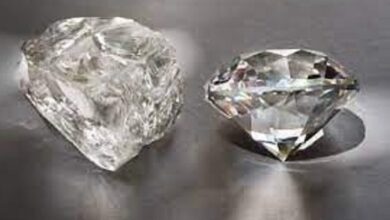Difference between typhoon and hurricane Similarities and FAQs
Typhoon and hurricane
In this article we will provide you the Difference between typhoon and hurricane Similarities and FAQs.
what does typhoon mean
A typhoon is a violent tropical storm that forms over the ocean. These storms are characterized by strong and fast winds, as well as torrential rains and large sea waves. Typhoons generate enormous amounts of kinetic energy through rotational motion in the upper atmosphere, producing large numbers of tornadoes around their center. Most of the damage caused by typhoons is related to the direct impact on human infrastructure, in addition to flash floods and even landslides that endanger many people. Therefore, government authorities generally provide early warnings to help reduce the negative effects of these extremely destructive storms.
what does hurricane mean
A hurricane is a huge tropical cyclonic storm with extremely strong winds and heavy rain. It forms over the ocean when the air temperature rises above 26°C, causing upward motion in the atmosphere. These systems can develop into large circular structures formed by clouds and winds that generate very low pressures around the center (called “ojoe”). Hurricanes are considered very destructive meteorological phenomena due to their strong gusts of wind, their extension and the devastating effects they produce on the coasts.
Similarities Between Typhoon and Hurricane
A typhoon and a hurricane are two very similar weather events. Both are characterized by strong winds that blow in a circle around a center, called a “head”, with speeds that can reach up to 300 km/h. These storms are also often accompanied by heavy rainfall (rain) and dangerously high sea waves. The difference between the two is that the typhoon , the word comes from Japanese, takes place in the Pacific Ocean, while hurricanes, whose etymological roots are in Taino mythology, are produced mainly in the North Atlantic. Although their names vary depending on where they occur, they share many characteristics in addition to their cyclonic form: they are terrible natural disasters capable of causing significant destruction if adequate preventive measures are not taken to avoid it.
Differences between typhoon and hurricane
typhoon and hurricaneare two extremely destructive weather phenomena. Both form over the ocean, although typhoons always form in the eastern Pacific Ocean and hurricanes in the western Atlantic. Typhoons are bigger than hurricanes; this means that its social networks and forums are excellent tools. They facilitate the meeting of materials, courses and people who study the area of destruction is much larger. They also have a greater amount of rain, wind and even snow when they reach the mainland. On the other hand, hurricanes can cause flooding and damage due to the force of the wind associated with gusts with higher speeds (up to 300 km/h). The names to identify them vary depending on the place: tropical cyclones if they occur in the Indian Ocean; stormy yes in Europe; taifuns if there is training in Japan, China or other Southeast Asian countries; tropical storms if a storm appears near Australia; waterspouts if they occur near Costa Rica, Panama or other Central American countries.
Frequent questions
What are a hurricane?
A hurricane is a large tropical storm that forms over the ocean. It is made up of very strong winds and torrential rains, and can cause destruction in its path.
What is and how is a hurricane formed?
A hurricane is a tropical storm that forms in the ocean and can be extremely destructive. These storms begin as areas of low pressure within warm air over warm water where sea temperatures are above 26°C (79°F). When these gases condense, they create strong winds and clouds, causing the pressure to drop further. The surrounding cold air also contributes to the upward movement of moisture-laden air from the lower areas. The terrestrial rotation then causes a circular movement around the center known as “the eye” of the storm. Strong winds continue to be drawn toward this center, eventually leading to the full development of the hurricane.
What is the difference between a cyclone and a hurricane?
The main difference between a cyclone and a hurricane is the location in which they form. Cyclones tend to form in the Indian Ocean, while hurricanes generally form in the Atlantic. Also, cyclones have lower wind speeds (generally less than 120 mph) than hurricanes (more than 120 mph).
What is stronger a typhoon or a hurricane?
Typhoons and hurricanes are both types of tropical storms, but typhoons are generally more intense than hurricanes. Winds in a typhoon can reach speeds of up to 200 miles per hour or even higher, while wind speeds in a hurricane rarely exceed 150 miles per hour.




